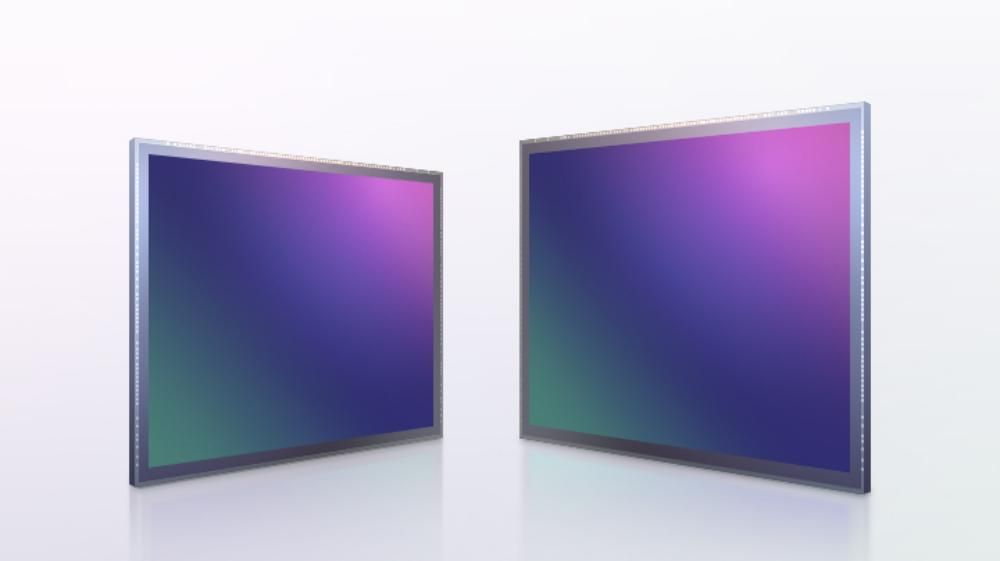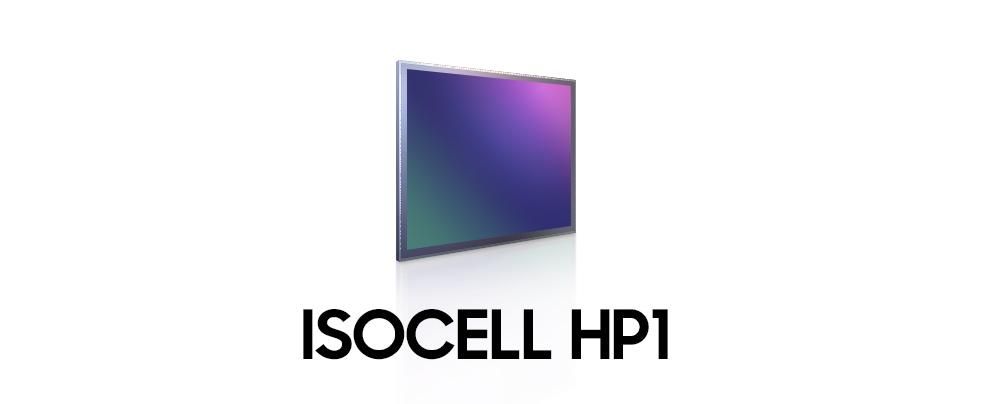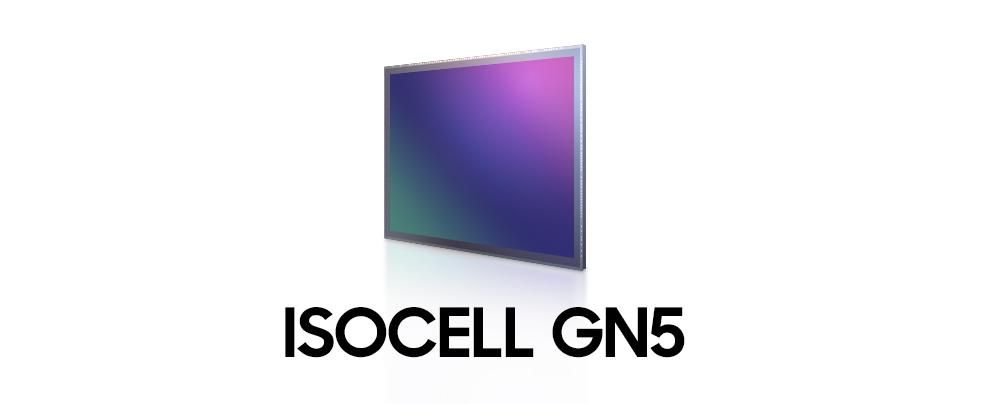Samsung today announced two new sensors — ISOCELL HP1 and ISOCELL GN5. The HP1 is Samsung’s latest and world’s first 200 MP image sensor with 0.64μm pixels.
ISOCELL HP1 is the first ultrahigh-resolution that comes in a small package for today’s handheld devices. Samsung says pictures taken processed through HP1 stay sharp even when cropped or resized. It’s got a new “ChameleonCell technology” that can change its pixel layout depending on the environment, two-by-two, four-by-four, sixteen-by-sixteen, and so on.
In a low-lit environment, HP1 transforms into a 12.5MP image sensor with large 2.56μm pixels, merging 16 neighboring pixels. “The newly formed 2.56μm pixel is capable of more light absorption and sensitivity, producing brighter and clearer photos indoors or in the evening,” says Samsung. In brightly lit environments, ISOCELL HP1 can take advantage of the full 200 MP ultra-high-definition resolution available.
Interestingly, HP1 is capable of recording 8K videos at 30 frames-per-second (fps). The HP1 sensor merges four neighboring pixels to bring the resolution down to 50MP or 8,192 x 6,144 to take 8K videos.
Along with the flagship image sensor, Samsung also announced ISOCELL GN5. Samsung says ISOCELL GN5 is the world’s first 1.0μm image sensor to integrate Dual Pixel Pro. The Dual Pixel Pro technology, which comes in the company’s other sensors as well, boasts advanced autofocusing capabilities. The GN5 places “two photodiodes, the smallest in the industry, within each 1.0μm pixel of the sensor either horizontally or vertically to recognize pattern changes in all directions.” It also comes with Samsung’s proprietary pixel technology, Front Deep Trench Isolation (FDTI), that allows each photodiode of the Dual Pixel Pro to absorb and hold more light information.
“Samsung has been pioneering ultrafine pixel technologies that are taking high-resolution image sensors to the next level,” said Duckhyun Chang, executive vice president of sensor business at Samsung Electronics. “With the ISOCELL HP1 that is breaking barriers and ISOCELL GN5 bringing ultrafast autofocus, Samsung will continue to lead the trend for next-generation mobile imaging technologies.”



